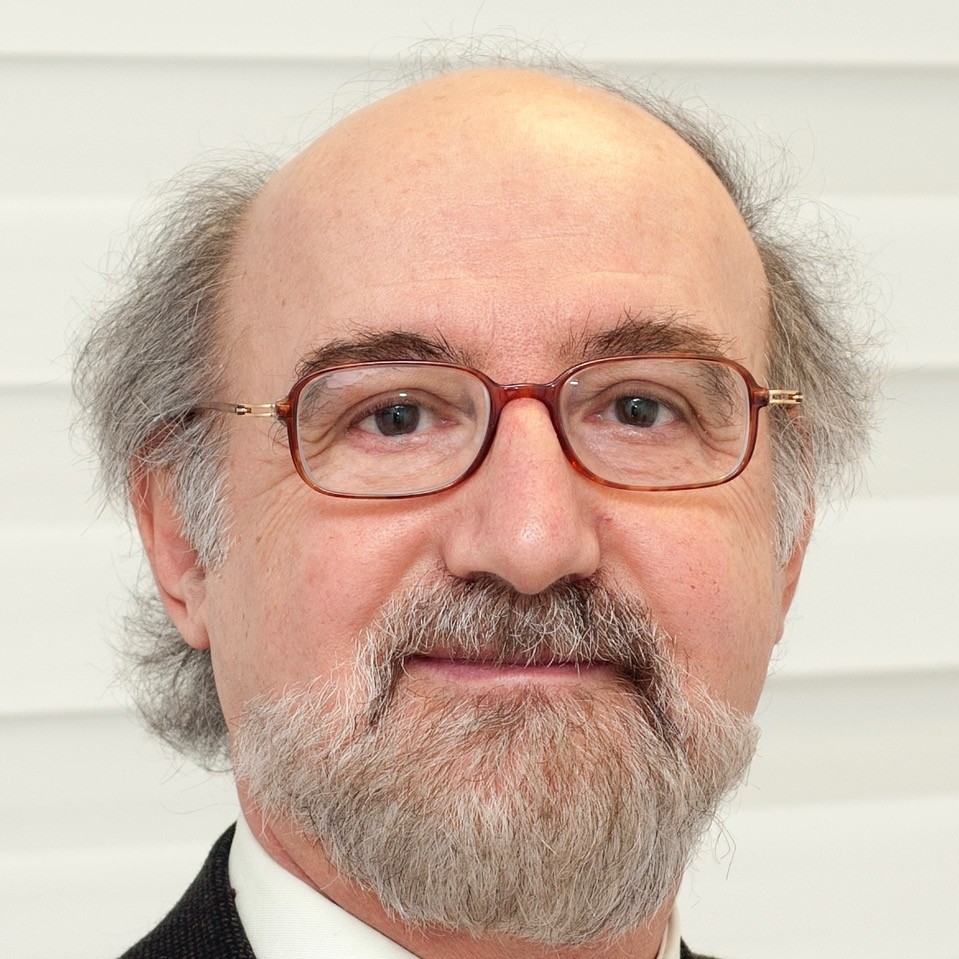
|
PROFESSOR TURGAY DALKARA Faculty Member |
|
| Office: SB-309 Phone: +90 312 290 2503 E-mail: t.dalkara@bilkent.edu.tr |
• Google Scholar Profile • ORCID profile • PubMed entries |
Biography
Dr. Turgay Dalkara graduated from Hacettepe University Faculty of Medicine in 1975. He completed his neurology specialization and earned his doctorate in pharmacology at the same university. Following this, he pursued postdoctoral studies at Montreal McGill University for 2 years between 1982-84. Before joining Bilkent University, Departments of Neuroscience and Molecular Biology and Genetics in 2024, he served as a faculty member at Hacettepe University Faculty of Medicine since 1986 and affiliated with the Institute of Neurological Sciences and Psychiatry. Additionally, he held a joint appointment at Harvard University's Massachusetts General Hospital for 28 years, spanning from 1992 to 2020.
Dr. Dalkara is a member of several science academies, including the Turkish Academy of Sciences, The World Academy of Sciences (TWAS), the European Academy of Sciences and Arts, and Academia Europa. He has received numerous awards, including the TÜBİTAK Science Award (2002), Vehbi Koç Award (2010), Kadir Has Outstanding Achievement Award (2014), Sedat Simavi Health Sciences Award (2019), and The World Academy of Sciences (TWAS) Medicine Prize (2013). He is also recognized for his pioneering efforts in encouraging and guiding young individuals towards science. Notably, he played a pivotal role in establishing neuroscience PhD, MD, PhD, and Neuroscience and Neurotechnology PhD programs in Turkey. From 2001 to 2019, Prof. Dalkara served as the Director of Hacettepe University Institute of Neurological Sciences and Psychiatry.
Research
His research is centered around disorders of the nervous system, with a focus on understanding the mechanisms underlying migraine and stroke, studying brain microvasculature in both healthy and diseased states, exploring neuron death, and delving into the promising field of nano-medicine, particularly in the context of drug delivery to the brain using nanoparticles. His groups findings have been published in prestigious journals with a broad readership, including Science, Nature Medicine, Nature Nanotechnology, and Lancet Neurology. Many of these studies were conducted entirely in Türkiye.
His current research interests include investigating inflammatory signaling in the brain, understanding the regulation of brain microcirculation in health and disease, and analyzing brain extracellular vesicles to glean insights into inflammatory and pathological cellular processes within the brain.
Key Publications
Kaya, Z., Belder, N., Sever-Bahcekapili, M., Donmez-Demir, B., Erdener, Ş. E., Bozbeyoglu, N., Bagci, C., Eren-Kocak, E., Yemisci, M., Karatas, H., Erdemli, E., Gursel, I., & Dalkara, T. (2023). Vesicular HMGB1 release from neurons stressed with spreading depolarization enables confined inflammatory signaling to astrocytes. Journal of Neuroinflammation, 20(1), 295.
Alarcon-Martinez, L., Yilmaz-Ozcan, S., Yemisci, M., Schallek, J., Kılıç, K., Can, A., Di Polo, A., & Dalkara, T. (2018). Capillary pericytes express α-smooth muscle actin, which requires prevention of filamentous-actin depolymerization for detection. eLife, 7, e34861.
Dalkara, T., & Moskowitz, M. A. (Eds.). (2017). Neurobiological basis of migraine. Wiley.
Gaudin, A., Yemisci, M., Eroglu, H., Lepetre-Mouelhi, S., Turkoglu, O. F., Dönmez-Demir, B., Caban, S., Sargon, M. F., Garcia-Argote, S., Pieters, G., Loreau, O., Rousseau, B., Tagit, O., Hildebrandt, N., Le Dantec, Y., Mougin, J., Valetti, S., Chacun, H., Nicolas, V., Desmaële, D., … Dalkara, T., & Couvreur, P. (2014). Squalenoyl adenosine nanoparticles provide neuroprotection after stroke and spinal cord injury. Nature Nanotechnology, 9(12), 1054–1062.
Karatas, H., Erdener, S. E., Gursoy-Ozdemir, Y., Lule, S., Eren-Koçak, E., Sen, Z. D., & Dalkara, T. (2013). Spreading depression triggers headache by activating neuronal Panx1 channels. Science (New York, N.Y.), 339(6123), 1092–1095.
Dalkara, T., Nozari, A., & Moskowitz, M. A. (2010). Migraine aura pathophysiology: the role of blood vessels and microembolisation. The Lancet. Neurology, 9(3), 309–317.
Yemisci, M., Gursoy-Ozdemir, Y., Vural, A., Can, A., Topalkara, K., & Dalkara, T. (2009). Pericyte contraction induced by oxidative-nitrative stress impairs capillary reflow despite successful opening of an occluded cerebral artery. Nature Medicine, 15(9), 1031–1037.
